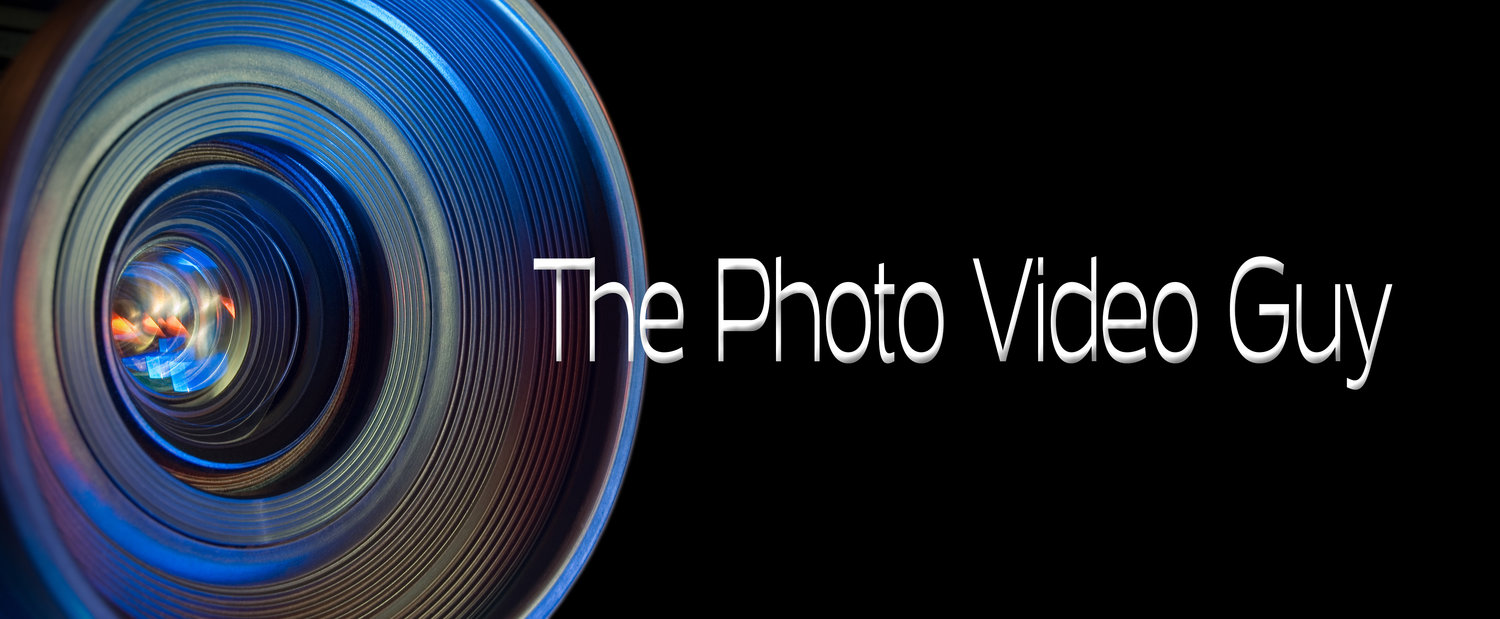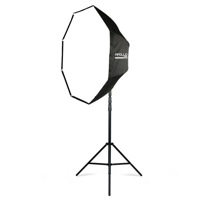A photographer can always benefit from great gear, but great gear does not a great photographer make. So it has been said often. It's also said that a camera is just a tool to facilitate the making of images. Yup I agree.
But. Take the little Leica X1 in hand, and you might start to think that this camera will make you a better photographer.. There IS something about a Leica. Let's start at the beginning.
I have wanted a Leica rangefinder for years, but other priorities have always come first. And, reality bites, but those other priorities still do. I don't need a rangefinder. I have excellent cameras already, be they of the 35mm variety or medium format. I stopped shooting in the mid eighties and came back with the advent of good digital came back ten years ago Back in the eighties, through the kindness of a friend by name of Victor Grape, I was able to shoot for myself and on some jobs with a Leica M4-P with motor winder and a 35mm lens. It was brilliant then, and I have since wanted that feeling again
I've looked around at used M8, M8.2 and M9 digital rangefinders, but timing is not good. I've just had the opportunity to spend some quality time with the X1 and I am seriously impressed.
Many folks talk about how Apple starts the experience with incredible packaging. Well Apple could be looking to Leica for tips. The X1 arrives in a simple, large silver box with a black rectangle holding a wireframe of the X1 in white. Pull the tab and lift the lid, and unlike other boxes it falls away to the rear. So do the front and the sides revealing what looks like a black jewelry box. Lifting the hinged top reveals a grey box with the Leica logo in the top corner. The box is heavy card with a subtle pinstripe. The front panel of the box swings down revealing two drawers. The top drawer holds the manuals, and unlike the manuals for most every fixed lens autofocus, these are beautifully printed, extremely complete and easy to read. The bottom drawer holds cables, a pouch, strap and the power adapter with international slide on tips and of course the battery. There has been criticism that the power adapter doesn't have fold away prongs, but this is an American conceit since the prongs for the UK are so sizeable, they won't be folding anywhere. Rather than force the owner to source plug adapters when travelling, Leica has you covered.
Upon opening the small grey box, the X1 s revealed cradled in foam. It looks like the M9 with clean simple lines, minus the viewfinder of course. Given the substantial weight of the complete package the weight of the X1 is a surprise, particularly if you have handled the M9. It is refreshingly lightweight and fits the hand very well.
Installing the battery and SDHC card is pretty much the same process as with any compact camera although the latch required more deliberate action. You won't be opening the battery door by accident. Many compact cameras have a ring around the shutter release that controls zoom. In the case of the X1 it offers single shot, continuous (2fps Jpeg only) and self timer. The dial on the right controls aperture offering A for automatic settings, plus the range from f2.8 to f16 on the 24mm Elmarit lens. Unlike the majority of compacts, the X1 uses an APS-C sized sensor, so that 24mm lens provides a field of view like a 35mm on a 35mm film camera. This is the classic rangefinder focal length.
The dial to the left is the shutter speed selector with A for automatic and a range of 1/2000 to 1 second. There is no bulb option. When the shutter dial and aperture dial are set to A, the camera operates in fully automatic exposure mode. Placing the shutter dial in A and manipulating the aperture setting gives you aperture preferred. Setting the aperture dial to A and manipulating the shutter speed dial gives you shutter speed preferred. Manipulating both dials off auto gives you full manual. There is a hot shoe with pinouts for Leica flashes. On the left is a circular raised area that acts as the release and enclosure for the built in flash. The flash is small and not particularly powerful but gets the job done when needed. The camera sports an ISO range from 100 to 3200 with excellent noise control as well as auto ISO for those who like that sort of thing.
The front panel holds the lens, which extends when powered on (you must remove the cap when turning the camera on), the Leica logo and a small LED that provides focus assist. The right side holds an elegant door that provides access to the USB port and the mini HDMI connection. Beside the battery door on the bottom is a standard ¼-20 tripod fitting
The rear of the camera holds a bright LCD display with 230k dots. This is much less than the density found on other cameras, but in practical use, it is more than sufficient to check images or use the menus. There is a rotary wheel upper right to be used for manual focus and this is much more intuitive than you might originally think. Below it is the popular four way rocker/wheel/button arrangement. The centre button activates the menu system and acts as the Ok button. Top is exposure compensation labeled EV+-. Right is for flash settings. There are Auto, Auto w Red Eye, Forced On, Forced On with Red Eye, Slow Sync, Slow Sync with Red Eye and Studio. The last option enables the flash to fire just enough to trigger studio strobes. While I would not have gone looking for this in a compact camera of pocket size, I was very pleased to discover it. Kind of fun to have this tiny creature trigger all my strobes. Bottom allows you to select AF, AF with macro and MF or manual focus. The left button selects between 2s and 12s for the self timer but only acts if the switch on the camera top is set for self timer.
Left of the screen are five buttons. The are Play, Focus/Delete, WB, ISO and Info. They do what you expect them to do. I liked the focus selection allowing you to move quickly from spot focus to 11 zones including high speed modes very simply. Initial releases of the camera provoked anger with the speed of focus found in the 1.x versions of the firmware. My unit has the current v2.0 firmware and while not screaming fast, it's quick enough but tends to hunt in low light as it is contrast based. If your intent is to use this camera for fast action, it's not the right choice for you. The manual focus option does provide a scale on the display so you can preset a hyper focal distance focus model by aperture. I miss this on most digital cameras and it does simplify street shooting. Couple this with a nearly silent shutter release and it's really just brilliant.
The X1 is assembled from components in Germany by Leica. So it's not some stuck together thing from somewhere with the Leica logo stuck on.
The big draw of the camera is the Elmarit 24/2.8 lens. While some folks stroke out at the cost of the X1 ($2100 CDN at time of writing) this is still less than the 24/2.8 Elmarit for the M9. So it's not the same piece of glass but it is, in my use, the sharpest and most accurate piece of glass on any compact or micro four thirds camera I have ever tried. Since I work part time in a camera store, I get opportunity to try out lots of kit, and this lens is just marvelous. I did specific comparisons with the 20mm lens on the Lumix GF-1 I have had for a while and there really is no comparison. The Lumix lens is very good. Until you compare it to the Leica. The Leica's incredible tonal range and colour fidelity makes the otherwise very good Panasonic glass look like it came off the bottom of a Coke bottle.
In my use I have shot at a variety of ISO settings and am very impressed with the quality at high ISO settings. The auto white balance is decent but not perfect, although under studio CFLs rated at 5500K, it performed very well and a corrected image made of the Colorchecker Passport was indistinguishable from the automatic setting.
One thing that is a niggling annoyance is that the camera can capture in Jpeg and Jpeg Fine, or add DNG images as well. There is no option for DNG on its own, which takes up space unnecessarily for me as I make the habit to shoot everything in RAW. Not a big deal. When you register the camera with Leica, you get a download of Adobe Lightroom so handling the files is a piece of cake. I particularly like Leica's decision to go with the open DNG format for its RAW storage.
The menu system should be seen by all other digital camera manufacturers, particularly, oh EVERY point and shoot vendor. unlike the multicoloured, multilayered, designed by the psychotic menu systems found in other cameras, there is ONE layer to the X1 menu. It is four screens long. You simply scroll and then click. Twice. No more than that. Brilliant.
Pros
Incredibile lens, great menu system, silent use, awesome add-on optical finder, innovative popup flash, tough construction
Cons
Expensive.
I give it five out of five.
















